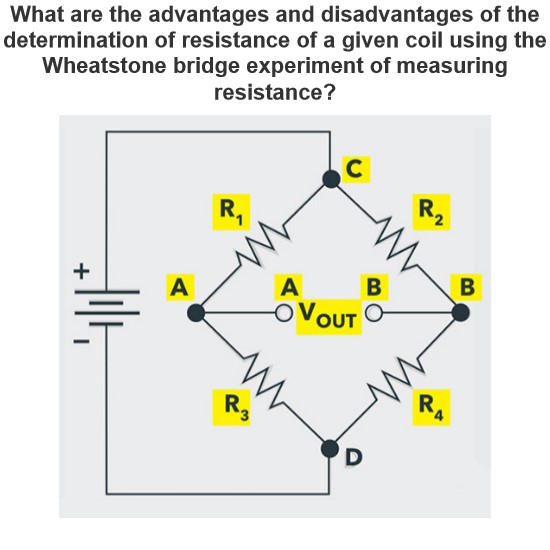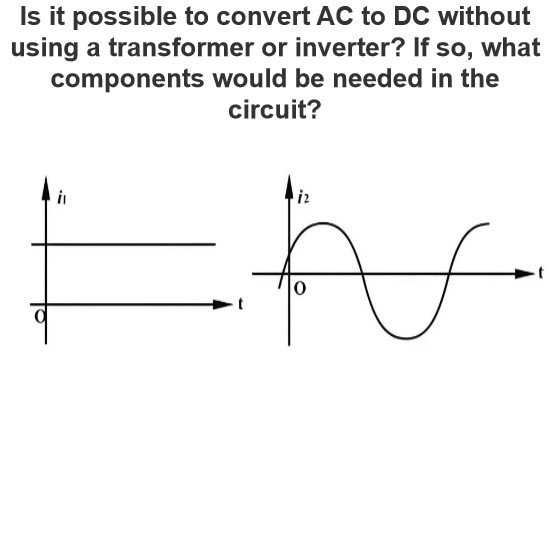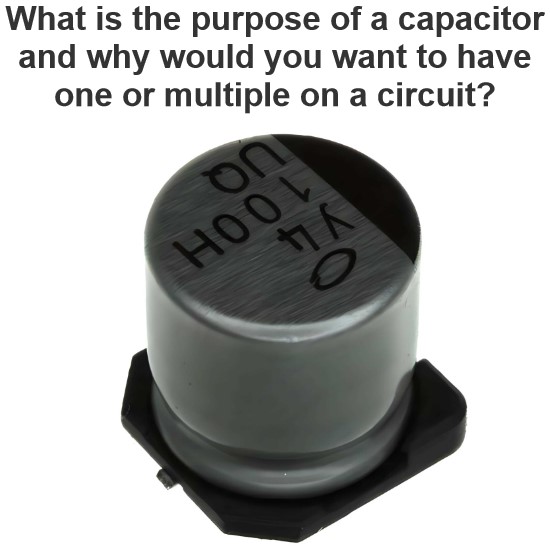What happens when you connect the neutral wire to the ground rod?
Ideal Electrical System (Under Normal Conditions)
In an ideal electrical system with proper wiring and no faults, the neutral wire is connected to the ground at the main service panel. This connection is made to establish a reference point for the electrical system. However, in normal operation, current should not flow from the ground rod to the source via the neutral wire.
The neutral wire is designed to carry the return current from the load back to the source in a normal circuit. The ground rod, on the other hand, is mainly for safety purposes, such as providing a path for fault currents to safely dissipate into the earth.
Fault Conditions
Neutral - Ground Bond Broken at the Service Panel
If the proper neutral - ground bond is broken at the service panel, and there is a fault in the system (such as a short between a hot wire and a grounded metal enclosure), the ground rod may become part of an unintended current path. In this case, current could potentially flow from the ground rod through the earth and back to the source via the neutral wire. However, this is an abnormal and dangerous situation.
Improper Wiring or Shared Neutral - Ground Conductors
In some cases of improper wiring, such as when the neutral and ground conductors are accidentally connected or shared in parts of the system, current can flow between the ground rod and the source via the neutral wire. This is a code violation and can lead to various electrical problems, including the risk of electrical shock and damage to electrical equipment.
Ground Loop Situations
If there are multiple grounding points in a system and a ground loop is created, current can flow through the ground paths, which may include the ground rod and the neutral wire. This can happen, for example, in a building with multiple electrical systems or in a situation where there are different grounding electrodes that are not properly isolated from each other.
In general, under normal and proper electrical system conditions, there should be no current flowing from the ground rod to the source via the neutral wire. But in the presence of faults, improper wiring, or ground loop issues, such current flow can occur, which is not desirable and can pose safety and electrical operation risks.
The Electricity Encyclopedia is dedicated to accelerating the dissemination and application of electricity knowledge and adding impetus to the development and innovation of the electricity industry.




